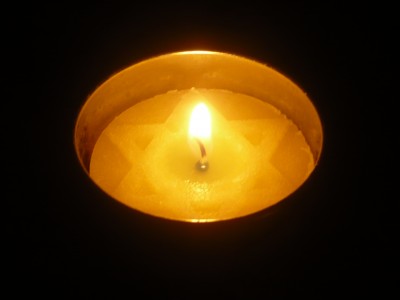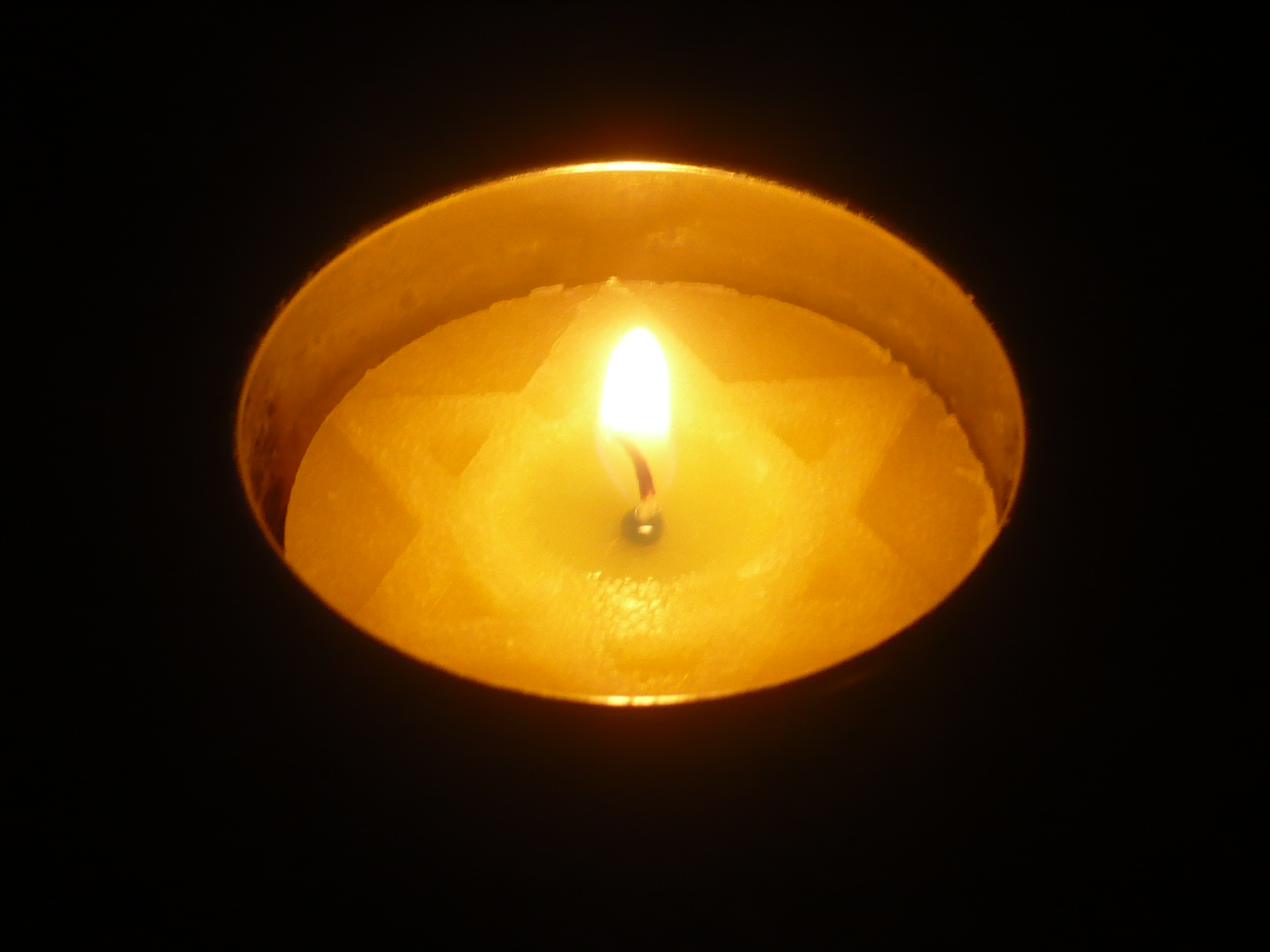
Yom Tovs aren’t days we traditionally think about death. They’ve always been, at least in my understanding, about life, and the preservation of life, celebrations of survival despite all the odds being against us to live or to live well. In the case of Pesach, we celebrate our overcoming persecution to live autonomously—in short to live and not just survive. At the Seder I attended on Monday night, however, as I gazed at the candle we lit to welcome the holiday, I couldn’t help but think that it looked similar to a Yahrzeit candle. This was helped, I think, by the fact that the specific candle we used looked very similar in shape to the particular type of Yahrzeit candle that my family has used in the past. But as I gazed into the candle at the flame itself, I thought about how identical it looked to the flame of a Yahrzeit candle; the difference between the two flames existed only in that I—and our tradition—assigned different meanings to the two flames.
I admit these seem morbid thoughts for Pesach, which should be celebratory. Perhaps I was only thinking them at all because of the passing of two people in communities I am part of of since last Pesach, and, though only one of them was Jewish, and I don’t know to what extent, if any, he observed Jewish holidays, for some reason the holiday brought thoughts of them to my mind. Once the concept was in my mind, however, I thought about it more: people have a tendency to remember loved ones who have passed during the holidays. There was an air of solemnity over our Seder the first Pesach after my grandfather passed away. We all cast glances at the seat which he used to occupy, now occupied by someone else. We all remembered how he joshed other members of the family for the way they read their assigned parts of the Hagaddah. Though he wasn’t literally present with us anymore, he so occupied our hearts and minds that year that it was as if he, too, sat at the Seder table, gulping wine and chomping on Hillel Sandwiches. That first Seder without him was tinted by grief, admittedly, but in subsequent years, the grief faded. The memory, however, never did and actually turned into something to smile and even occasionally laugh about. I still think of my grandfather as I sip the Kiddush wine, even now, when I sit at Seders in a city where he never lived.
This, I think, speaks to an important aspect of Jewish holidays, and Pesach in particular. In last weeks article, I wrote about feeling like my life is a continuation of the Jewish People’s Exodus story that we tell at the Pesach Seder. I meant this globally, as in I feel connected to all Jews. Obviously this includes those who have passed on. After all, we talk about “previous generations” and what happens “in each generation” several times in the Seder, and a passage of generations of course implies people passing away. Despite this, however, we are prompted to feel a kinship with these late generations, for they, too, told this story, and it is also their story. But this also works on a more intimate level. In addition to nameless historical Jews, telling this story connects me to Jews I did know who told this story, like my late grandparents. And though sometimes it can feel raw, this connection isn’t necessarily in the context of grief; it’s in the context of celebration.
It’s easy to correlate memory and grief, and therefore, to think that celebrating and remembering are opposites. But memory need not contain grief. Sometimes the memory of the people we’ve lost can be celebrated too. Yahrzeit and Yom Tov don’t have to be opposites. Perhaps instead we can see them as different parts of the same emotional experience, perhaps flickering indistinguishably from each other, just as the flames we use to represent them.
Dani Plung is a student at the University of Chicago.

